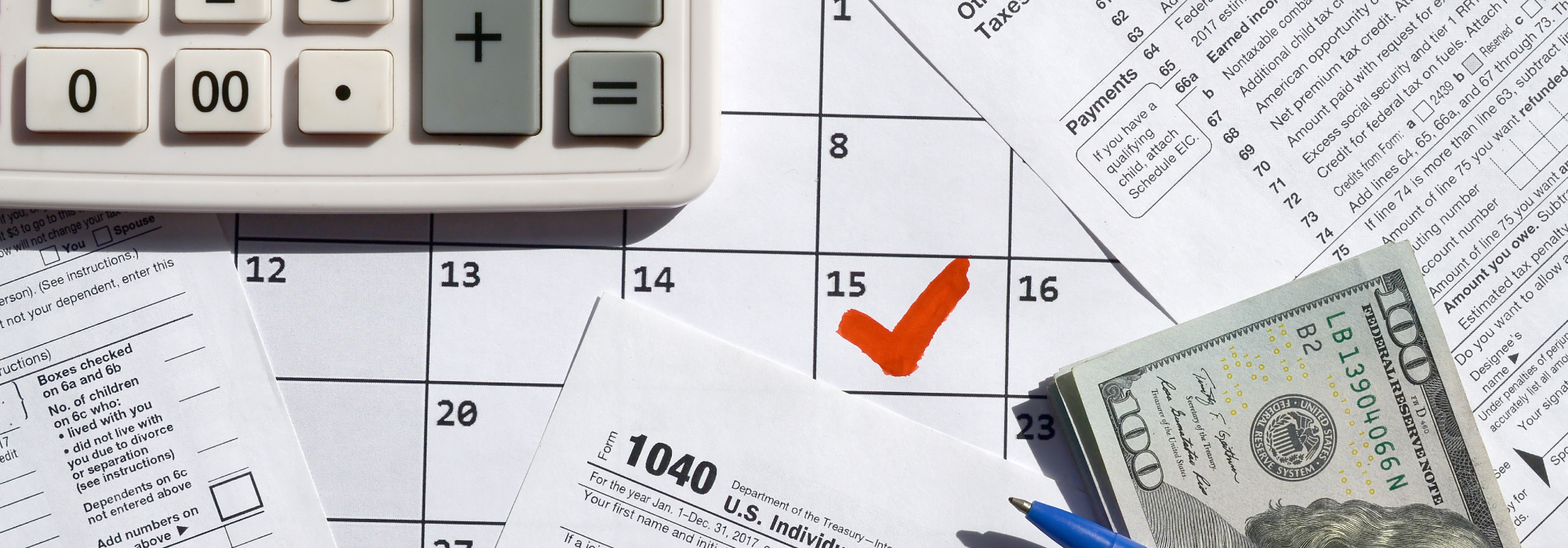When planning for retirement, one of the biggest uncertainties is how taxes will impact your income. While you may not be able to predict future tax rates, you can prepare by diversifying your retirement savings. Roth accounts — including Roth IRAs and Roth 401(k)s — provide a unique way to build tax-free income streams that help you manage uncertainty and create financial flexibility.
Unlike traditional retirement accounts, Roth accounts are funded with after-tax dollars. This means you pay taxes upfront, but in exchange, qualified withdrawals during retirement are completely tax-free. For many people, this structure offers not just peace of mind but also the ability to plan more confidently for the long term.
What Makes Roth Accounts Unique
Roth accounts stand out because of their structure and the benefits they offer. Key features include:
- After-Tax Contributions – You pay taxes on your income before contributing, eliminating taxes later on qualified withdrawals.
- Tax-Free Growth – Investment earnings in a Roth account grow without being subject to ongoing taxes.
- Qualified Withdrawals – Withdrawals after age 59½ and once the account has been open for at least five years are tax-free.
- Flexibility of Options – Both Roth IRAs and Roth 401(k)s are available, giving savers choices based on their employer and income.
- Contribution Limits – Annual limits apply, and Roth IRA eligibility may phase out for higher earners, while Roth 401(k)s do not have income restrictions.
These differences make Roth accounts a powerful complement to traditional retirement savings.
How Tax Free Withdrawals Work
The hallmark benefit of Roth accounts is the ability to take tax-free withdrawals in retirement. Because contributions are made with after-tax dollars, the IRS does not tax qualified distributions. This means that both your original contributions and any growth over the years can be accessed without further tax liability.
However, there are rules to follow. Withdrawals are considered “qualified” if you are at least 59½ years old and the account has been open for five years or more. If these conditions are not met, earnings may be subject to taxes and penalties. By planning ahead and respecting these rules, you can unlock the full benefit of Roth accounts in retirement.
The Role of Tax Diversification
Tax diversification is an often-overlooked element of retirement planning, but Roth accounts play an essential role. Here’s why they matter:
- Balancing Income Sources – Having both taxable and non-taxable accounts gives you more control over retirement income.
- Reducing Tax Risk – Future tax rates are uncertain, and Roth withdrawals protect against increases.
- Managing Required Withdrawals – Traditional accounts require distributions that may raise taxable income, while Roth IRAs do not.
- Flexibility for Planning – Accessing tax-free funds can help manage taxes on Social Security and Medicare surcharges.
- Estate Planning Benefits – Heirs may inherit Roth accounts and continue enjoying tax-free withdrawals under certain rules.
By balancing Roth and traditional accounts, you gain more options for structuring retirement income efficiently.

Other Advantages Beyond Withdrawals
Roth accounts are valuable not only for tax-free withdrawals but also for their flexibility in retirement. One of the most significant advantages is that Roth IRAs do not require minimum distributions (RMDs) during the account owner’s lifetime. This allows your savings to remain invested longer and grow tax-free for as long as you live.
Data highlights their increasing popularity. According to the Investment Company Institute, Roth IRA assets reached $1.3 trillion in 2022, accounting for 10 percent of all IRA assets (Investment Company Institute, 2023, The U.S. Retirement Market, Fourth Quarter 2022, https://www.ici.org/statistical-data). This growth reflects how more Americans recognize the value of Roth accounts not only as a savings tool but also as a flexible strategy for long-term planning.
Who Can Benefit Most from Roth Accounts
Roth accounts are not one-size-fits-all, but they provide distinct benefits for certain groups of savers. Younger workers often benefit most because they may be in lower tax brackets, meaning they pay less in taxes now and avoid potentially higher taxes later. Similarly, people who expect their income to rise over time can lock in today’s tax rates and enjoy tax-free growth in the future.
High-income earners with access to Roth 401(k)s also benefit because these accounts do not have the income restrictions that Roth IRAs impose. Additionally, anyone concerned with estate planning may value the ability to leave tax-free assets to heirs. For many individuals, combining Roth contributions with traditional savings creates a balanced and flexible retirement plan.
Building a Stronger Retirement with Roth Accounts
Roth accounts offer a unique opportunity to reduce tax uncertainty and create more control over your retirement income. By paying taxes upfront, you free yourself from the burden of taxable withdrawals later, giving you peace of mind and flexibility. The result is a retirement plan that is better equipped to withstand changes in tax laws and evolving financial needs.
If you have not yet explored Roth accounts, now is the time to consider how they fit into your strategy. Whether through a Roth IRA or Roth 401(k), these accounts can provide stability, tax advantages, and long-term growth potential. With the right planning, Roth accounts can become one of the most powerful tools in building financial security for your future.












